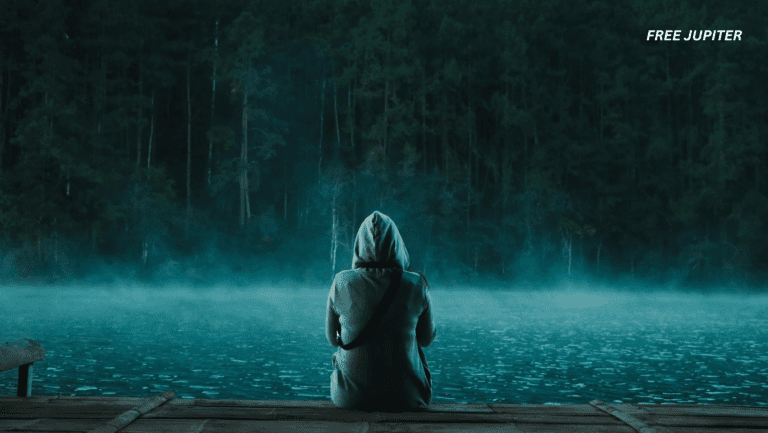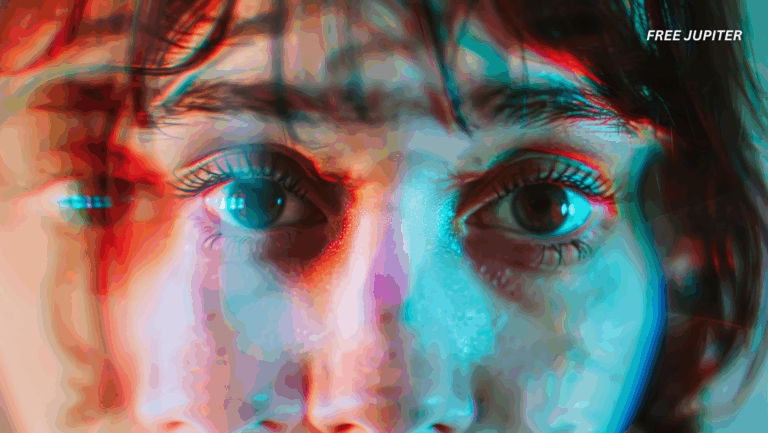Some stories from the natural world are so extraordinary that they sound more like myth than fact. One such story unfolds in the plains of Kenya, where the last two northern white rhinos—Najin and her daughter Fatu—live under 24-hour armed guard. These two majestic animals are the only surviving members of their kind, watched day and night by caretakers and soldiers who shield them from poachers.
This isn’t just about protecting two animals. It is about preserving the possibility of revival, rewriting what extinction might mean, and questioning the role of humans as both destroyers and saviors of life on Earth.
A Species on the Brink
The northern white rhino was once a thriving subspecies of the white rhinoceros, roaming across parts of Uganda, Chad, Sudan, the Central African Republic, and the Democratic Republic of Congo. These massive herbivores could weigh up to two tons, yet they lived peacefully, grazing on grasses in open savannas.
But as the 20th century unfolded, their story took a tragic turn. Poaching for horns, driven largely by demand in black-market trade, decimated populations. Rhino horn, made of keratin (the same material as human fingernails), was falsely believed in some cultures to hold medicinal powers, while in others it became a symbol of wealth and status. Combined with habitat loss from expanding human settlements and conflict in their home ranges, the northern white rhino’s numbers plummeted.
By the early 2000s, the population was already critically endangered. The final blow came in 2018, when Sudan, the last known male, died in Kenya at age 45. His death marked what many thought was the final chapter in the story of his subspecies. Yet, Najin and Fatu survived—two females carrying both hope and sorrow within their existence.
Read more: Humpback Whales Keep Saving Animals From Orcas—And No One Knows Why
Why Najin and Fatu Live Like Celebrities Under Guard
The life of the last two northern white rhinos is anything but ordinary. They live at the Ol Pejeta Conservancy in Kenya, where rangers guard them with weapons at all hours. For many, it may seem excessive—but the threat of poaching is still real. Rhino horn remains one of the most valuable illegal wildlife products in the world, worth more than gold on black markets.
This intense protection reflects more than just the value of Najin and Fatu themselves. They represent the genetic blueprint of an entire subspecies. If anything were to happen to them, it would not just be the end of two animals—it would erase the living memory of northern white rhinos.
When Nature Cannot Continue Naturally
Normally, a species relies on reproduction to carry on. But in this case, there are no surviving northern white rhino males. Najin and Fatu cannot reproduce naturally. That’s where science steps in with a bold plan: in vitro fertilization (IVF).
Researchers carefully collect eggs from Fatu (Najin, now older and less healthy, is no longer part of the egg collection process). These eggs are then fertilized in laboratories using preserved sperm taken from now-deceased males. To date, this painstaking work has produced 38 embryos, stored in liquid nitrogen like treasures from another time, waiting for the right chance to develop into calves.
The embryos will not be carried by Najin or Fatu, since their bodies are too fragile for pregnancy. Instead, scientists are turning to southern white rhinos, a related but more numerous subspecies, as surrogates.
A Setback—and the Relentless Push Forward
In 2023, a southern white rhino named Curra made history when she became pregnant with the first-ever northern white rhino embryo. For a moment, the impossible seemed within reach. But tragedy struck just 70 days later when Curra died unexpectedly, ending the pregnancy before it could continue.
Though heartbreaking, this event showed something remarkable: the science works. It is possible to create life from embryos of a nearly extinct animal. With persistence, scientists believe a healthy calf could still be born in the near future.
Why This Mission Matters Beyond Two Rhinos
At first glance, the mission might appear symbolic—saving just two rhinos. But the implications go far deeper. If successful, this project could transform conservation worldwide.
Other species face similar or worse fates. The Javan rhino and the Sumatran rhino, both critically endangered, each number fewer than 50 individuals. Time is running out for them as well. If the northern white rhino project succeeds, it could become a model for saving others, using IVF and assisted reproduction as emergency tools when nature alone is no longer enough.
This effort also sparks larger ethical questions: Should humans intervene so deeply in the natural world? Some argue that species that cannot survive should be allowed to fade naturally. Others insist that since human activity drove them to the brink, we carry the responsibility to help restore them.
Read more: Dinosaur Eggs in China Dated to 86 Million Years Old Using ‘Atomic Clock’ Dating Method
The Bigger Picture: Technology vs. Human Behavior
While IVF offers a glimmer of hope, it cannot fix the larger issues. Poaching, illegal trade, and habitat destruction remain the true culprits behind extinction. Without addressing these root problems, any technological rescue will be temporary at best.
The scientists leading this project often emphasize that while embryos can be created in laboratories, living ecosystems cannot be manufactured. To truly save rhinos and countless other species, humans must change the way we value wildlife—not as commodities, but as fellow travelers on this planet.
A Symbol of Human Choices
Najin and Fatu have become more than rhinos—they are symbols of human responsibility. Their existence sparks debates in classrooms, inspires documentaries like The Last Rhinos: A New Hope, and reminds us how fragile the line between survival and extinction can be.
They stand in quiet contrast to the noise of human progress. While we build cities, trade goods, and alter landscapes, these two rhinos graze under the watch of guards, embodying both what has been lost and what might still be saved.
What the Future Could Look Like
If the embryos succeed in developing into healthy calves, it will mark a historic moment—the first revival of a nearly extinct large mammal through science. A small herd of northern white rhinos could one day roam again, safeguarded in sanctuaries. From there, careful breeding could slowly restore their numbers.
But this is a long journey. Calves take years to grow, and rhinos have slow reproductive cycles. Even under the best conditions, it could take decades to rebuild a sustainable population. This is not a quick fix, but a generational project.
Why the World Is Watching
Conservation is often a quiet battle, fought in remote areas far from headlines. Yet the story of Najin and Fatu has captured global attention. Perhaps it is because their situation feels so stark: two animals, living under constant protection, standing as the final barrier between survival and extinction.
Their tale resonates because it mirrors a broader truth: the survival of countless species depends on human choices made today. Whether it is rhinos, forests, coral reefs, or pollinators, the same pattern emerges—human activity pushes them toward decline, but human effort can also help pull them back.
Read more: New Zealand Plants Fruit Trees in Public Spaces So Everyone Has Access To Fresh Fruit For Free
A Call to Reflection
The last two northern white rhinos remind us that extinction is not an abstract concept. It is real, immediate, and often the direct result of human decisions. They also remind us that redemption, though difficult, is possible.
Whether through science, conservation, or simply shifting how we treat the natural world, humanity holds the pen to write the next chapter. The question is: will we allow this chapter to close on loss, or will we craft a story of resilience, where species given up for gone find new life through hope and human care?
For now, Najin and Fatu graze in the Kenyan sun, unaware of the global hopes resting on their shoulders. Protected by guards, carried by science, and surrounded by watchful eyes, they are living proof of what hangs in the balance when extinction stares us in the face.
Featured image: GPT-5o Recreation.
Friendly Note: FreeJupiter.com shares general information for curious minds. Please fact-check all claims and double-check health info with a qualified professional. 🌱










